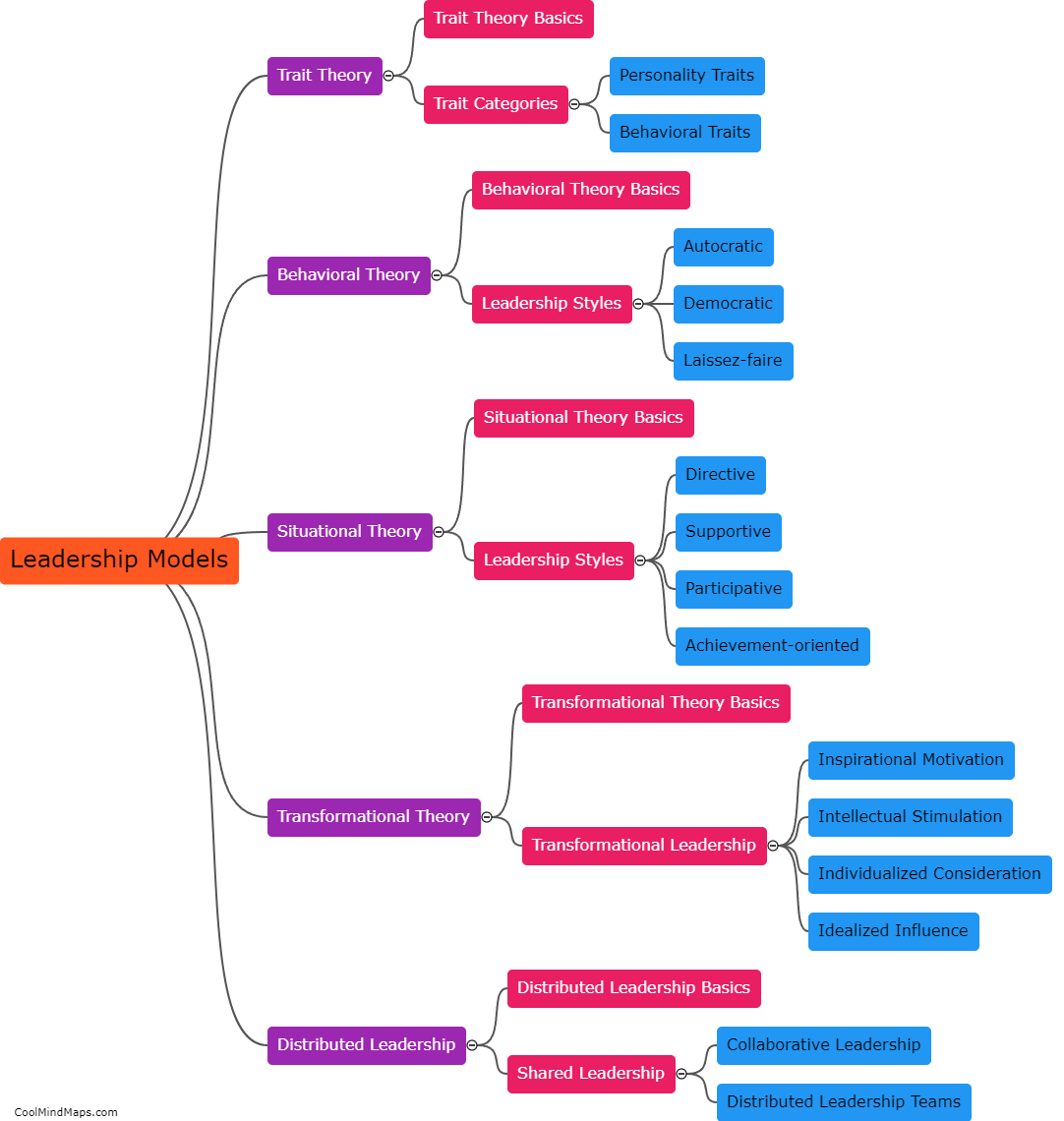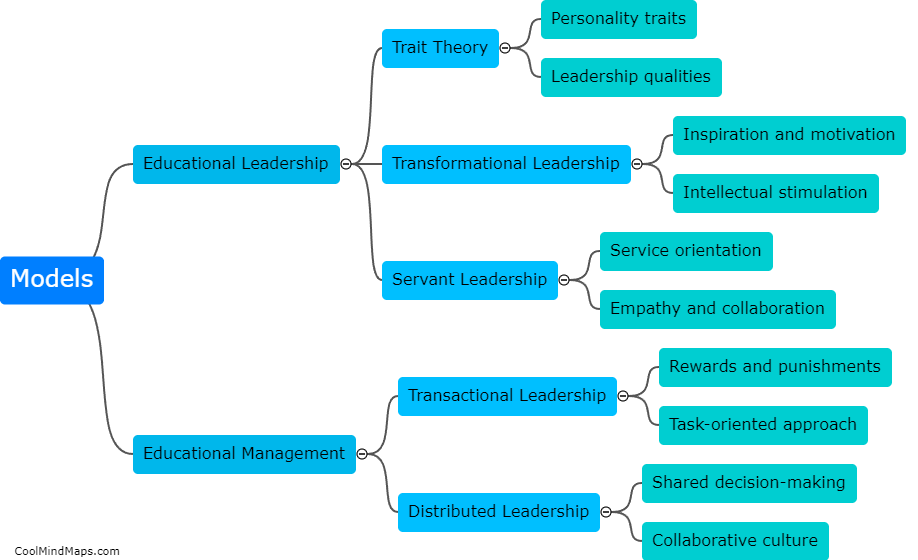How do models of educational leadership differ in their structure?
Models of educational leadership differ in their structure based on the specific focus and approach they adopt. Traditional hierarchical models typically have a clear chain of command, with leaders at the top making decisions and implementing policies that trickle down to the rest of the organization. In contrast, more contemporary models tend to emphasize collaboration and shared decision-making. These models often promote distributed leadership, where all members of an educational community have the opportunity to contribute their skills and expertise. Another structural variation lies in the level of centralization. Some models favor centralized decision-making, while others prioritize decentralized or even autonomous decision-making at different levels of the organization. Ultimately, the structure of a model of educational leadership determines how power, authority, and decision-making are distributed within an educational institution, and consequently, how leaders are expected to lead and influence their communities.

This mind map was published on 28 November 2023 and has been viewed 133 times.











